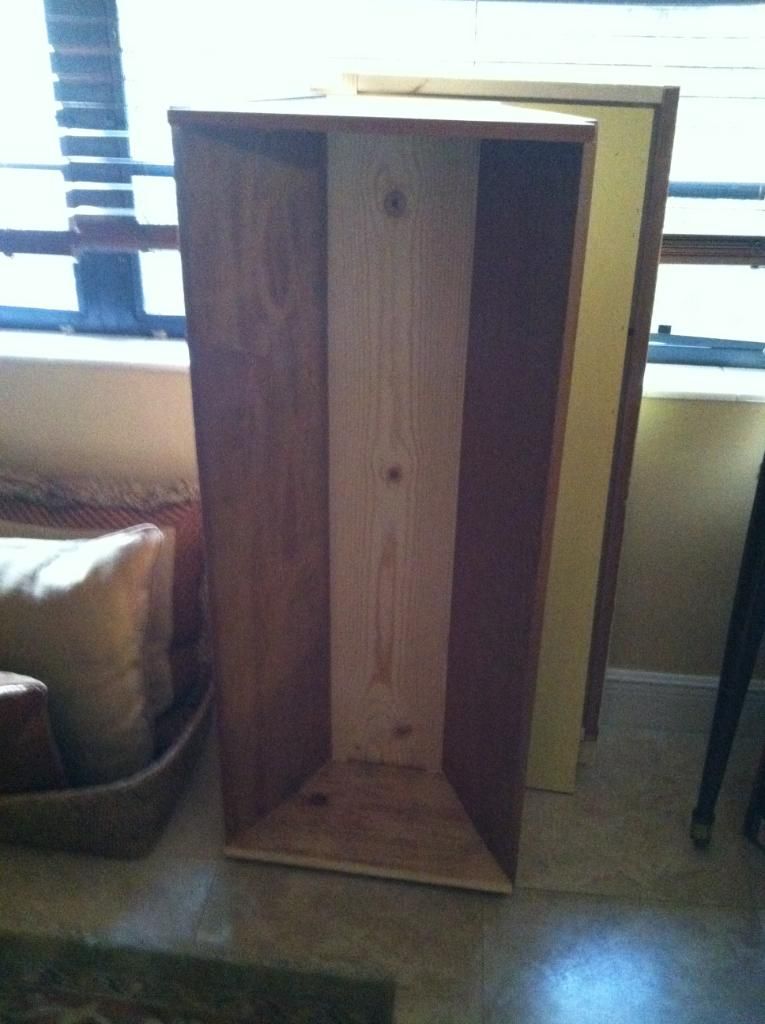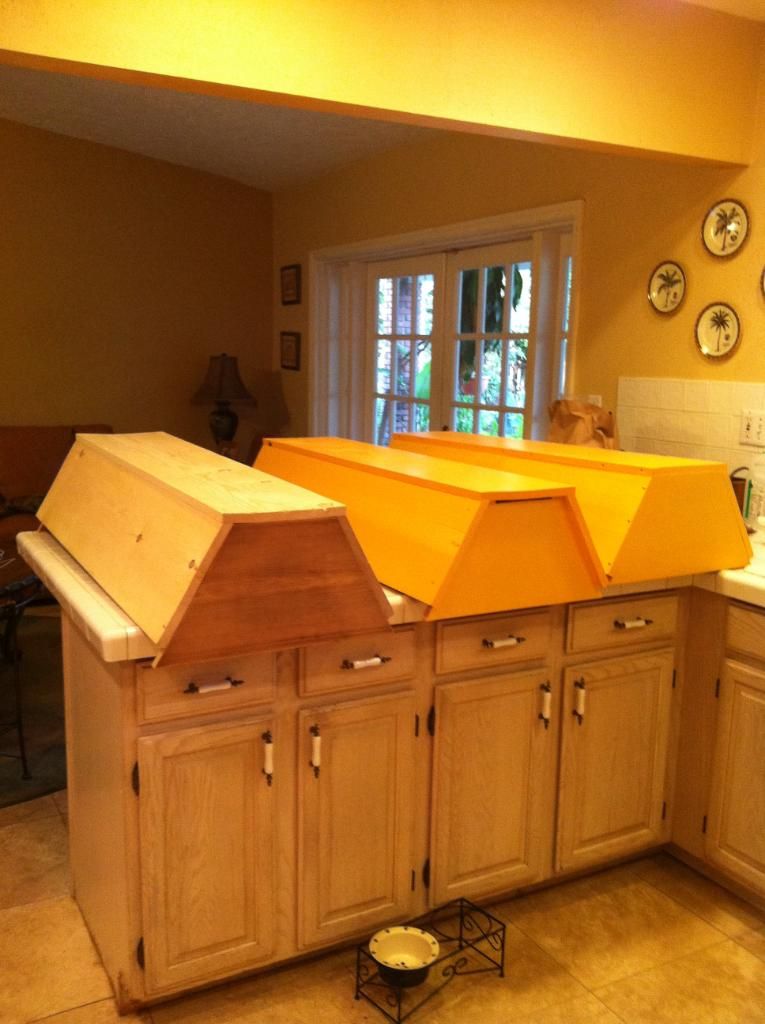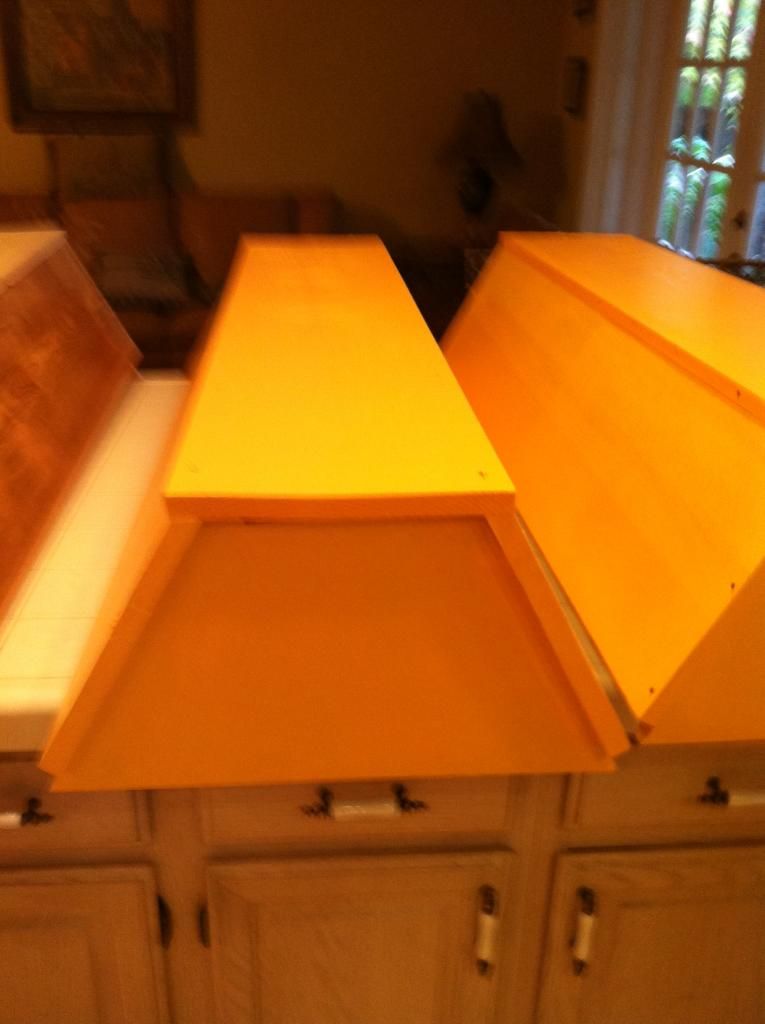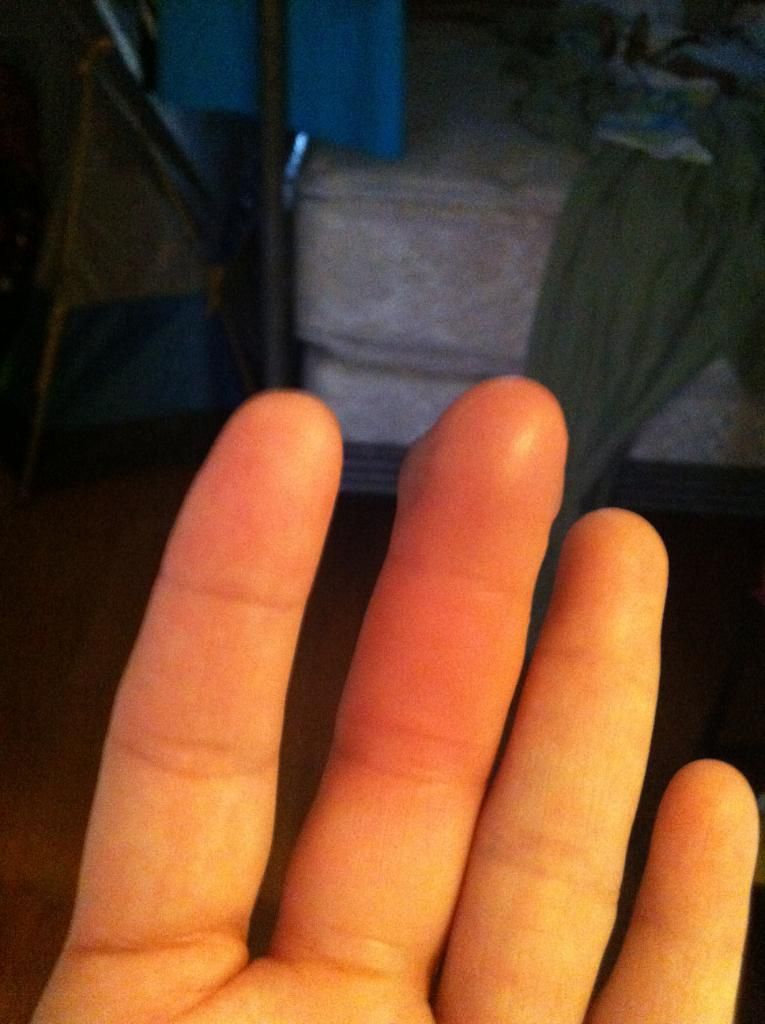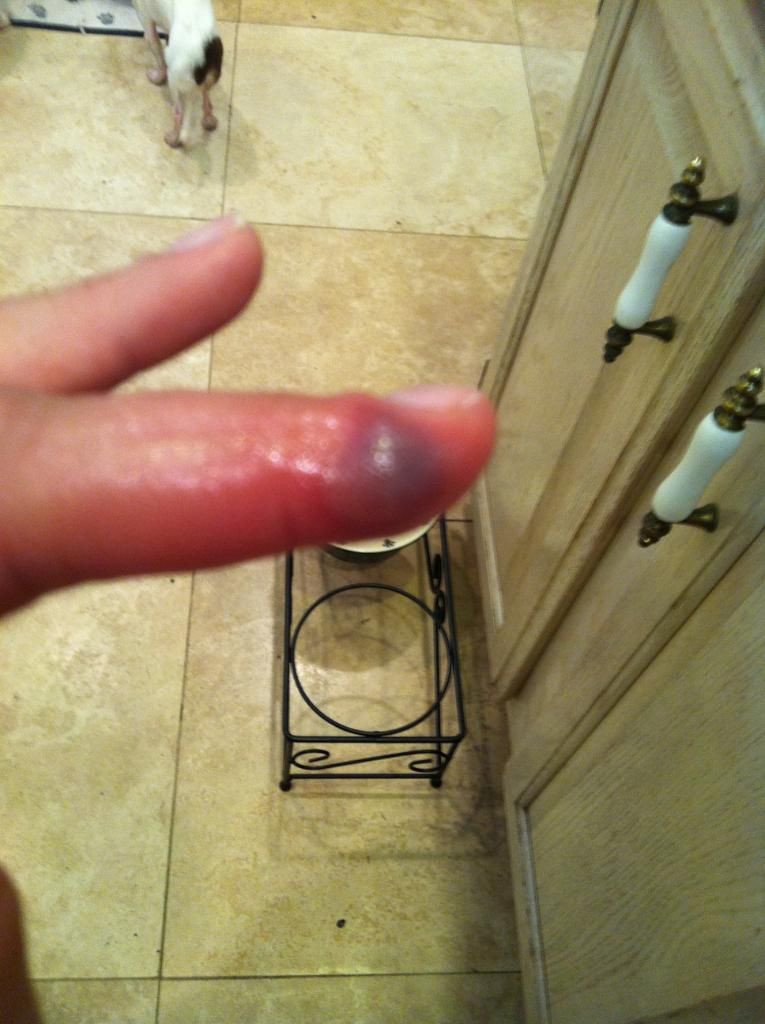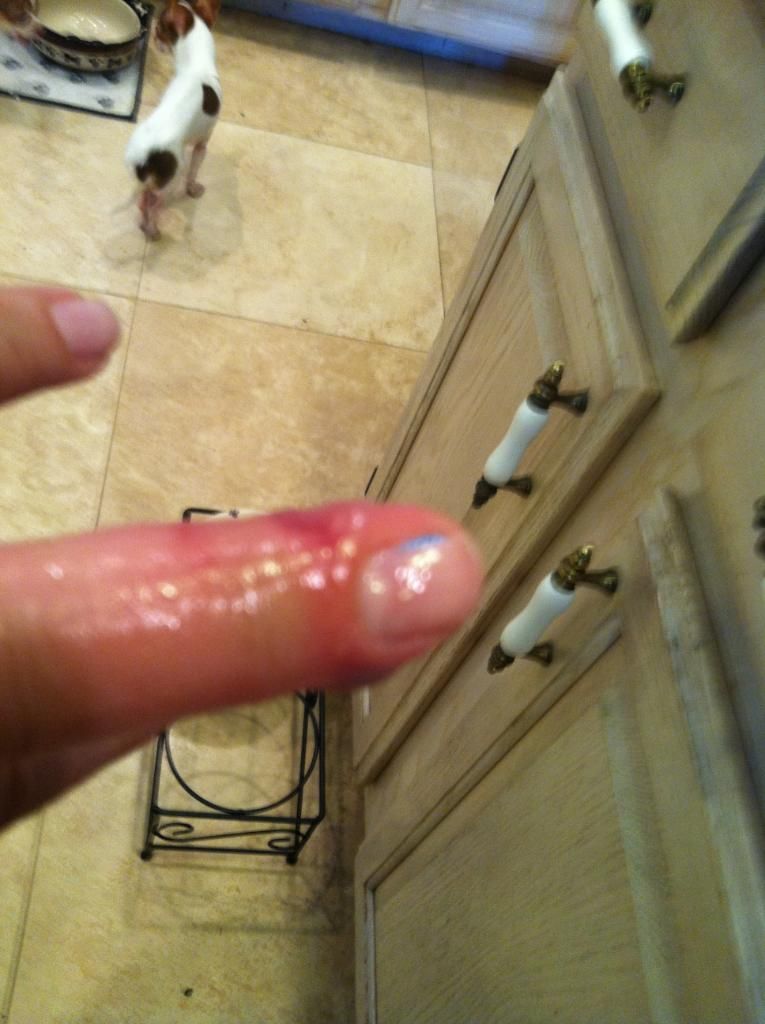I found out about National Pollinator’s Week by following the group, Pollinator’s Partnership. http://pollinator.org/index.html The Pollinator Partnership is the world’s largest organization dedicated exclusively to pollinator issues, supporting bees, butterflies, bats, birds, and more; and is working to reverse and prevent declines. Visit www.pollinator.org/media.htm for more information about 2012 National Pollinator Week and how to celebrate. There are some events in the state of Florida but none in the Miami area. Maybe if we are able to organize a Miami Dade Beekeeping Association we might be able to increase community awareness in the future.
There are many ways to attract pollinators to your garden. Invite pollinators to your neighborhood by planting a pollinator friendly habitat in your garden, farm, school, park or just about anywhere! Become aware of your native plants for your area. Plant them in your garden. Decrease your use of pesticides and herbicides. They will kill the very pollinators that you are trying to attract to your garden. You can find out what plants to grow in your garden by going to the pollinator’s website. By inputting your zip code they inform you what plants are native to your ecoregion. Become involved in your Native Plant Society. Here is information for the Florida Native Plant Society; http://www.fnps.org/.
There are many good books on the subject. Some of my recommendations are: “Attracting Native Pollinators: The Xerces Society Guide to Conserving North American Bees and Butterflies.” Xerces Society. “The Bee Garden: How to create or adapt a garden to attract and nurture bees.” Little, Maureen. “Bringing Nature Home: How you can sustain Wildlife with Native Plants” Tallamy, Douglas W. “Your Florida Guide to Butterfly Gardening” Daniels, Jaret C.
I have been attracting pollinators to my garden for many years. I started by adding plants to my garden that would attract butterflies, and hummingbirds. I expanded my pollinator garden by adding a bat house, native bee houses, and recently added honey bees. Like I say in the introduction to my blog, I am just a backyard gardener hoping to raise some awareness about the importance of saving our pollinators, of which many are endangered.
Get involved!!! Plant a pollinator garden. You might really enjoy watching all the different pollinators that visit.
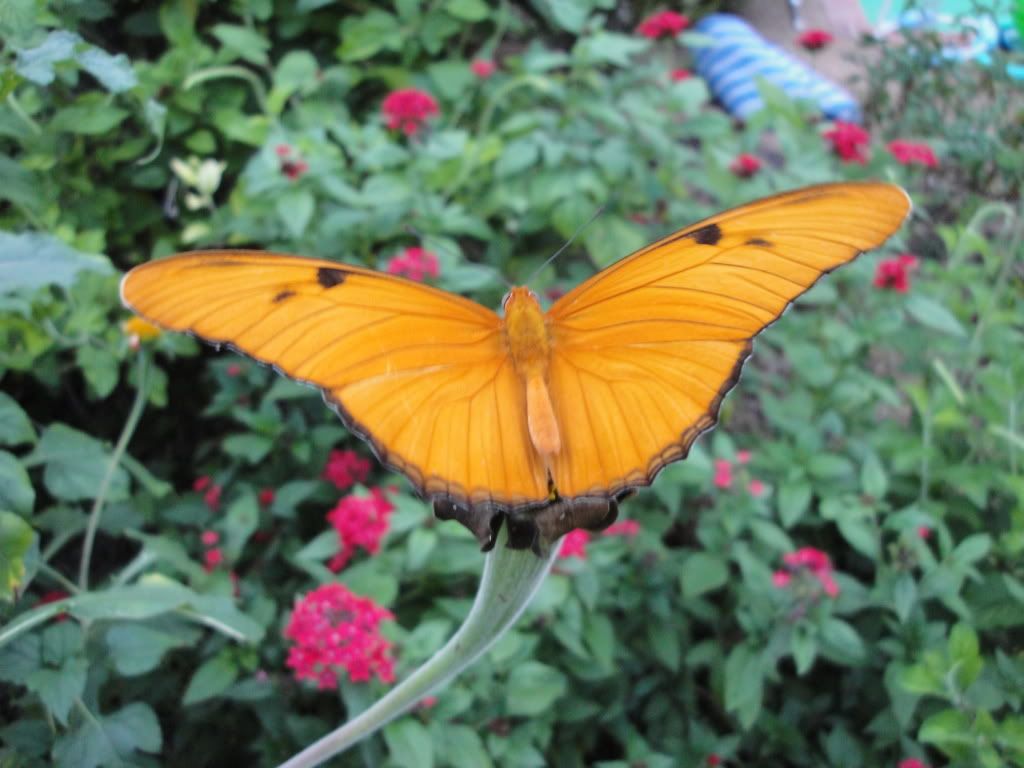 | 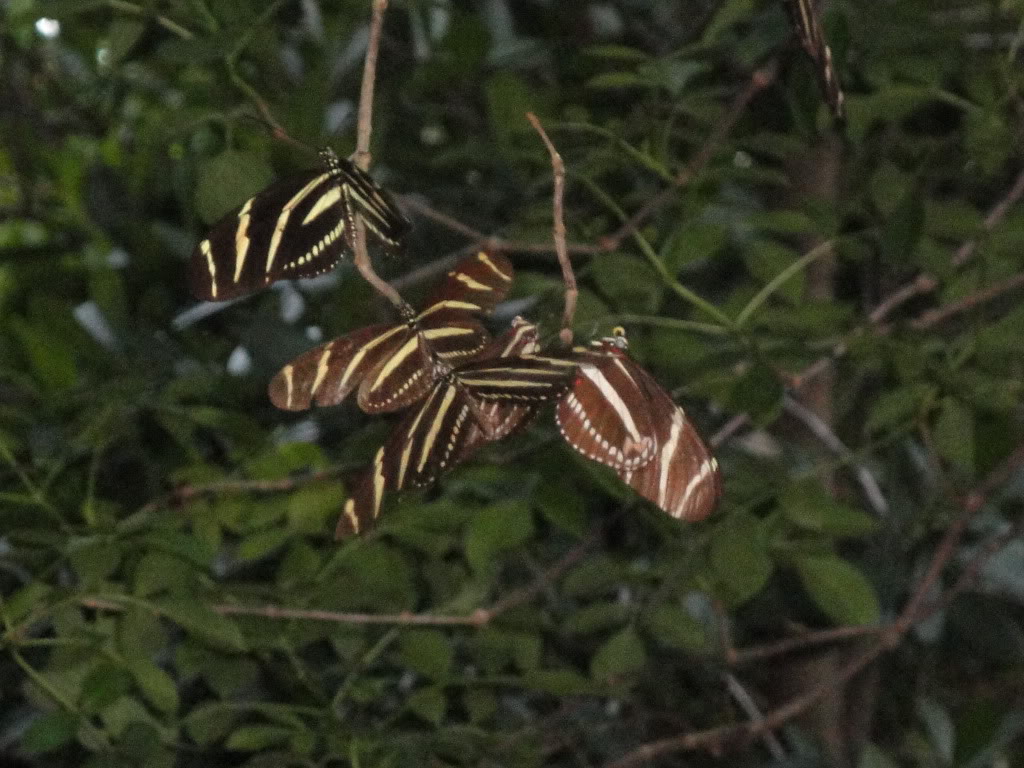 |



